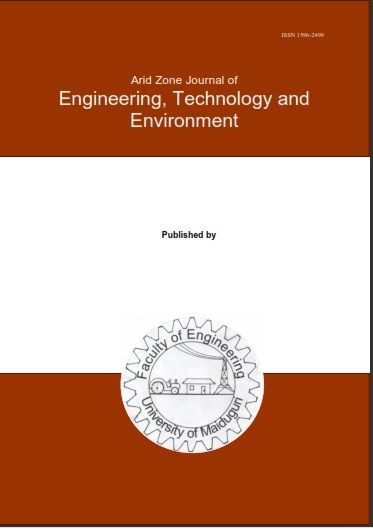Abstract
Effective Heat Exchanger Network (HEN) design is pivotal for improving energy efficiency and realizing substantial cost savings in chemical and petrochemical sectors. While contemporary refineries reap the benefits of economical HEN designs, there is an urgent need to enhance the utility and cost-saving features of aging refineries. These older facilities often suffer from suboptimal designs, characterized by high energy requirements and limited cost savings. To address this issue, a thorough analysis of HEN design and retrofit options is essential. The pinch design approach standout as a preferred tool for retrofitting HENs due to its physical insight and ease of application. In this study, based on pinch technology (PT), various retrofit design scenarios (re-sequencing, addition of heat exchangers, and area addition) were explored for improving the HENs of the refinery section’s vacuum distillation unit (VDU). The study revealed that the base case design achieved a Total Annual Cost (TAC) of $1.738 × 106. Significant cost savings were attained through re-sequencing, addition of area, and addition of a new heat exchanger, amounting to $439.5/year, $746.6/year, and $33,810 respectively. These retrofit strategies are exceptional in reducing utility demand and improving operating cost savings. However, they required a substantial capital expenditure of $1,733, $3,191, and $167,100 respectively, with payback periods of 3.9, 4.3, and 4.9 years respectively. Therefore, it is critical to explore additional retrofit possibilities to further optimize cost savings.

This work is licensed under a Creative Commons Attribution-NonCommercial-NoDerivatives 4.0 International License.
Copyright (c) 2025 ARID ZONE JOURNAL OF ENGINEERING, TECHNOLOGY AND ENVIRONMENT

